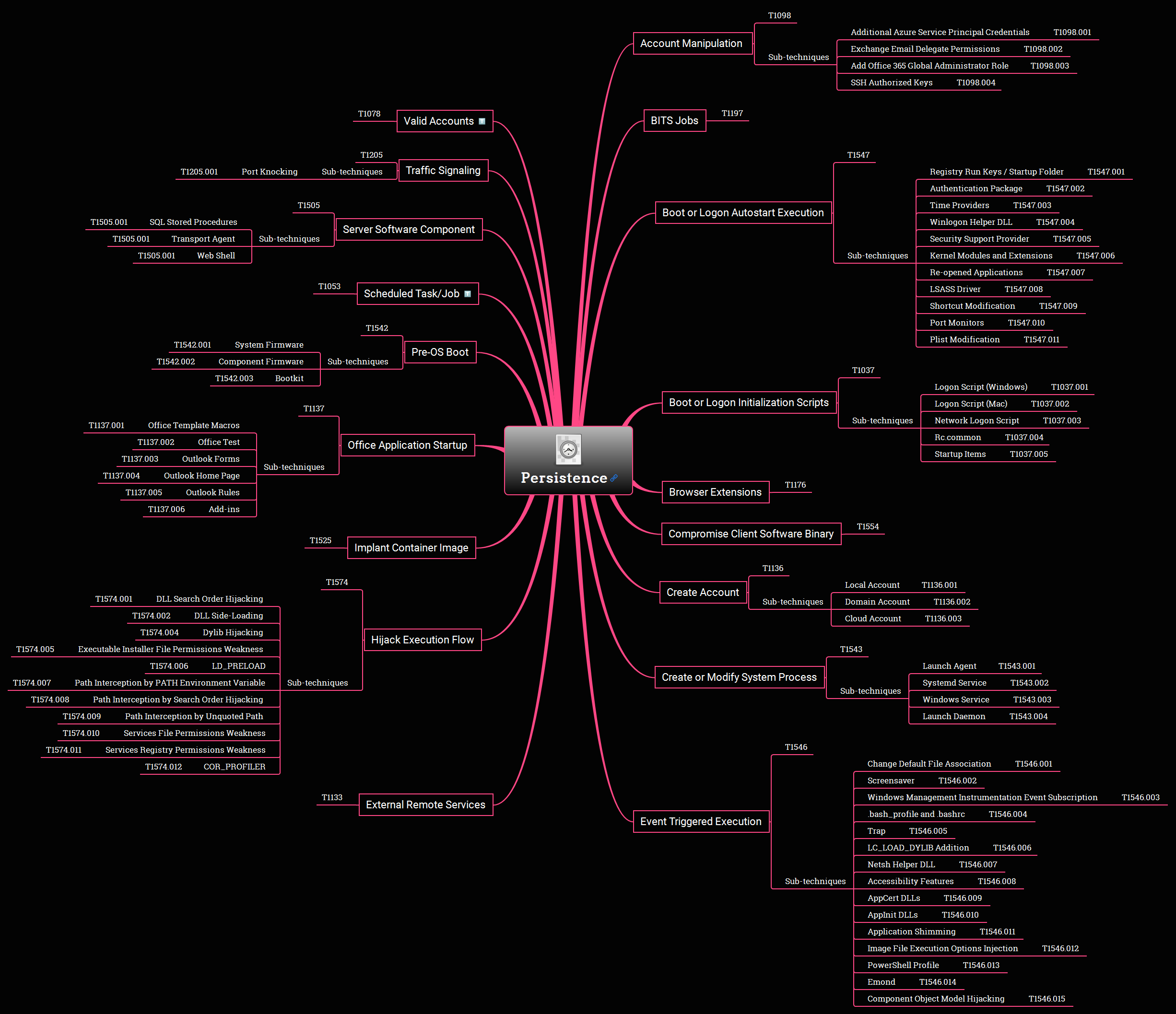

Note: Slow internet connection may throw connection error. Once the connection established you will be able to see the package and there views built through the HANA Studio.Ĭhoose the object which is required for your analysis and use chart or any other excel features to represent your data. Note: Make sure the checkbox multi database and user database is ticked. Then, click on Next>.Įnter connection parameters specific to SAP HANA user account like Host name, Instance number, User name, Password, and Preferred language. You can instantly test a connection from this dialog by clicking on the Test Connection option.Ī message will prompt confirming a successful connection that says, “Test Connection Succeeded”. Select the data provider as SAP HANA MDX Provider from the given list. Select Other/Advanced option from the Data Connection Wizard dialog and click Next. From the drop-down list, select From Data Connection Wizard. Step 2: Select the connection type in MS-Excel.
Data analysis with excel methods install#
Step 1: Download and install the MDX Provider from SAP Support Portal.īefore downloading confirm your version of the Excel 32 bit/64 bit. We will be using MDX Provider to bridge the connection between HANA Database and Excel. Here in this post we are going to discuss how we can utilize the capabilities of MS Excel with HANA. We can extend the capabilities of Excel’s by connecting it to SAP HANA which provides real-time data access.
Data analysis with excel methods software#
On the other hand, MS Excel is one of the most widely used data representation, analysis and reporting software of all time and still it is one of the most important software used throughout the world. We all know that the HANA is a database technology which provides data to the users very fast. Return the total number of blue products sold to Smith.SAP HANA is a high-performance in-memory database that accelerates data-driven, real-time decision-making and actions and supports all workloads with the broadest advanced analytics on multi-model data, on premise and in the cloud. You array enter a formula by typing it into your formula bar, holding down the Ctrl and Shift keys, and then pressing Enter.Īfter you array-enter a formula, the formula bar shows that it begins and ends with braces, like this:

In Excel, you normally enter a formula by typing it into the formula bar and then pressing the Enter key. Unfortunately, most Excel users either avoid array formulas or aren’t even aware that this technology exists.

Entering Array Formulasįrom its very early days, Excel has provided this powerful feature for summarizing data. Instead, many of the following examples will use both array formulas and spreadsheet functions that are new to Excel 2007. Therefore, I’ll ignore Excel database functions like DSUM and DMAX in this article. It also makes the functions more difficult to use. This limitation severely limits our power to summarize Excel data with these functions. Instead, our formulas must reference a criteria range in our spreadsheets. Excel database functions still are linked to their Lotus roots in one key regard: We Excel users can’t include summarization criteria within our spreadsheet formulas. Today, Excel offers a dozen database functions.Īlthough the number of database functions has grown over time, their power has not. When Excel was introduced five years later, it offered 1-2-3’s database functions and more. When Lotus 1-2-3 was introduced in 1983, it offered five such functions: and (1-2-3’s spreadsheet functions all began with the symbol.)

At the very least, these functions have been used for the longest time. The best-known way to summarize spreadsheet data probably is to use database functions. And the two least-known approaches probably are the most powerful. One of the problems that Excel users have is that the best-known way to summarize data probably is the least powerful. Unfortunately, few Excel users understand the real power that Excel offers for doing this. This post is scheduled for an update.)Įxcel users often need to summarize data in Excel formulas. (Note: I wrote this before Microsoft introduced Excel Tables or SUMIFS.


 0 kommentar(er)
0 kommentar(er)
